

In this complete guide to media kits, we got you covered with a tutorial which will give you everything you need to make your own media kit. Here's what you're going to find this post:
If you're an established publisher, you're probably losing faith in advertising and affiliate networks. We all know the revenue returns just aren't what they used to be.
But there's a relatively easy fix for declining revenues.
The solution is to start selling directly to advertisers. As a publisher or blogger, you can get much better rates selling sponsorship and advertising directly to potential clients. But for that, you're going to need a media kit.
Maybe you've been blogging for a while and already got a media kit and are looking for best in class examples to make your media kit better. Or perhaps you're new to all of this - you're a blogger or an influencer trying to make a media kit and you're looking for some fresh inspiration.
Either way, the good news is that you're on the right track. In my experience, direct advertising sales has been the fastest, most successful, and lucrative path to solid recurring revenue - much more consistent and reliable than affiliate partnerships or advertising networks.
So what's a media kit, and where does it come into play?
A media kit is a showcase of your brand and catalogue of the media space or inventory you've got available for sale to advertisers. You can read more about the purpose of a media kit here.
The media space you can sell is typically your owned media - that could be on your webpages, your social channels, email subscribers, followers or audience.
A media kit typically includes descriptions about your company, your reach, the media space, and usually includes pricing although sometimes rates are provided in a separate rate card.
It's a bit like a shop window - it's there to show people passing by what you have to offer, and to tempt them in to come in to buy something. In our case, that something is our inventory, or media space.
A media kit can be as simple as a Word document, but is more persuasive when it's high quality, and designed thoughtfully and persuasively. You can design a media kit in a design program like Adobe Illustrator, Adobe Photoshop, Canva or Google Slides and then share it with potential buyers as a pdf.
In short, a press kit helps you get press coverage, a media kit helps you directly generate revenue through advertising sales.
A press kit is something you pull together to try and get reporters and journalists to write stories or features about you and your business - and make it easy for them to write their story. The press kit should be a one-stop shop for all of the information journalists need to decide to write about you. It can include head shots, press releases and contact information for media contacts.
So a press kit is very different from a media kit. If this is what you're trying to create, not a media kit, check out The College Investor, they've got a great example of a press kit in their media center.
Depending on your publication, blog or the type of media space you have to sell, which could be your social following - this list may change. But there are a few basic items which should always be included to make sure your media kit is effective as possible.
Note that items #2 - #5 above can consolidated together in an 'About' section and that #6 will probably need a number of pages to showcase your advertising inventory well.
Now you know you need a media kit, and what should be in it, let's talk about the process of creating the media kit. Below we explain 7 steps to creating a media kit.
Now that you've made your media kit, (or at least drafted something), it's worth considering what you can do to reduce the friction of the sales process and make it easier to sell your inventory. Here are a few things to think about:
As you're building out your inventory it's worth trying to create advertising opportunities for brands at different stages of the buyer journey. Think about how can you help brands convert across:
As you're trying to create inventory you'll want to balance your site's user experience and site speed with your monetization. It's a delicate balancing act - you don't want so much advertising that it detracts from your content and your own brand experience.
Here is a list of ideas of advertising opportunities you might be able to leverage to create inventory for your media kit. Think about the channels you have, and the reach that you can provide to advertisers through these channels:
Think about what you can offer that others cannot. Look at what your competitors are doing and try to produce something even better. Be creative and ask brands and advertisers what they're looking for and what they've found to be most effective.
Join our Newsletter
Discover how to create better content and communities.
In this list, we're sharing some of the best examples of media kits from both big online publishers and smaller more boutique niche publishers. It's worth looking at them to get inspiration for the inventory you could offer as well as their design and presentation.
You'll see that they contain many of the best practices for media kits that we've written about above.
It's worth taking a look at these high quality media kits from some of the world's largest publishers to get an idea of the inventory they sell, their pricing and how they present their offering in terms of reach and impact.
We've included links to their advertising pages so you can follow the flow to download the kit yourself, or simply download the media kit examples in our resource pack.
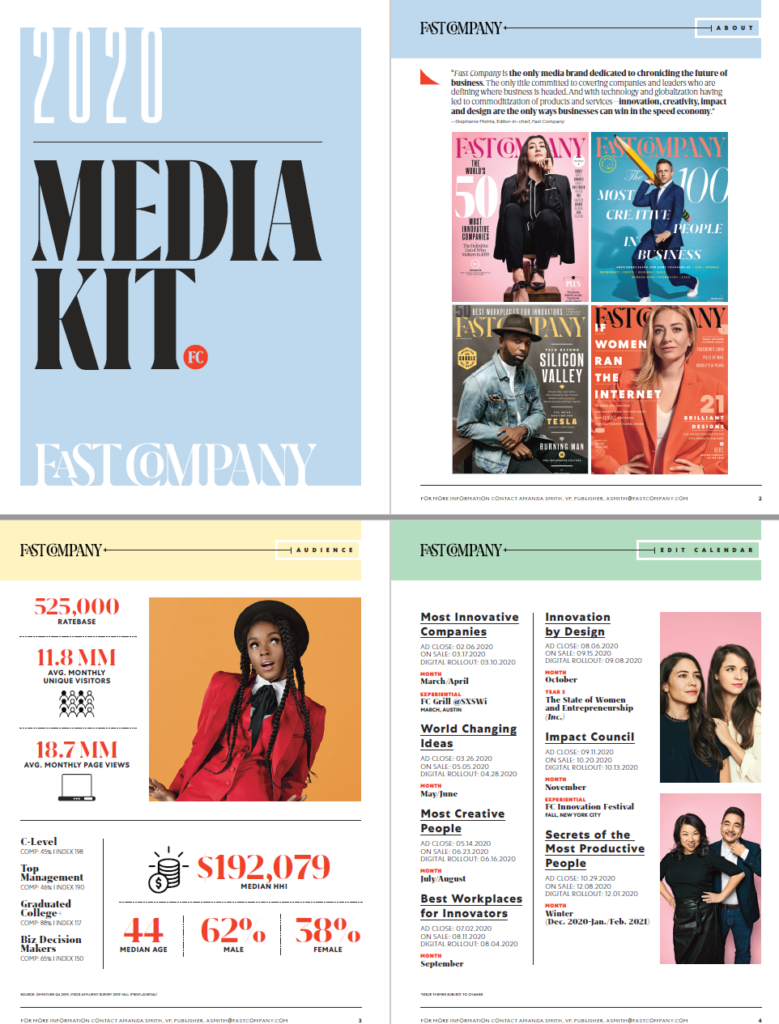
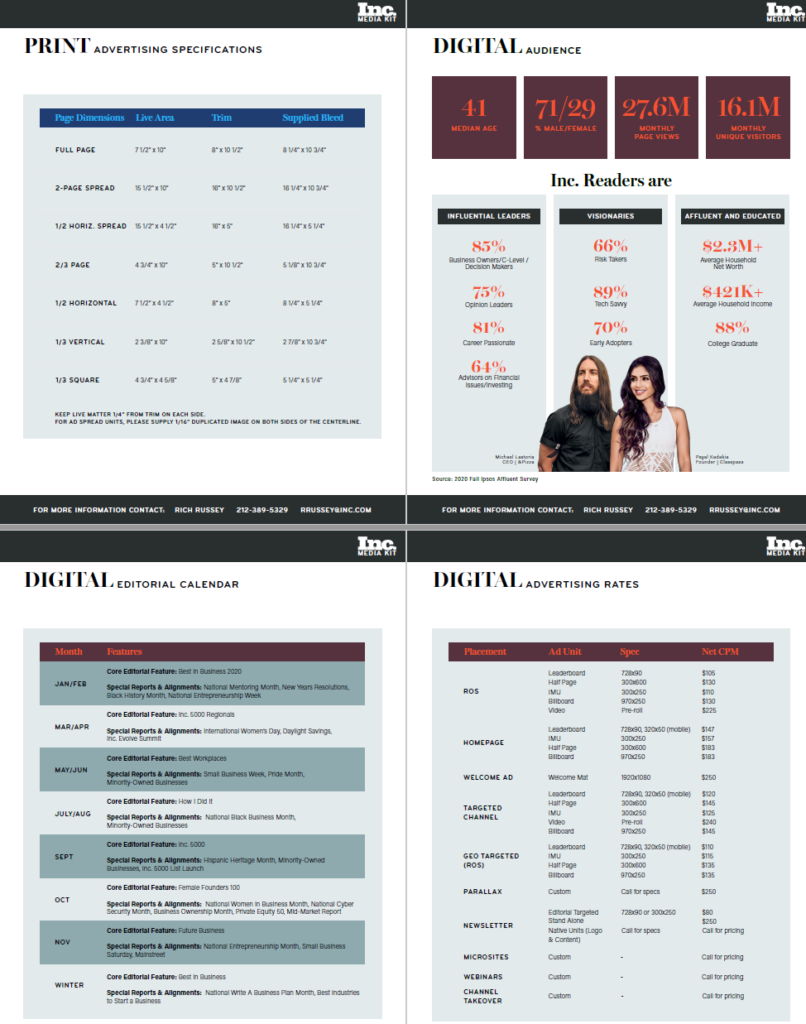
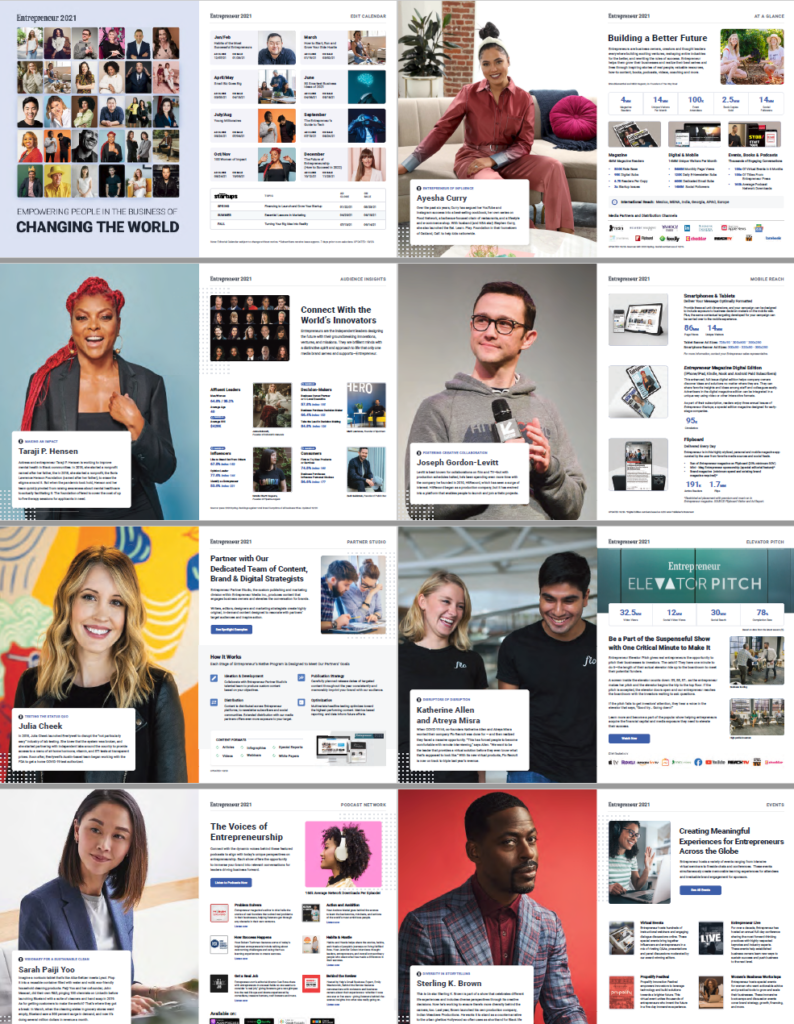

If you're a smaller publisher, blogger or influencer, you will find these best media kit examples more relevant.
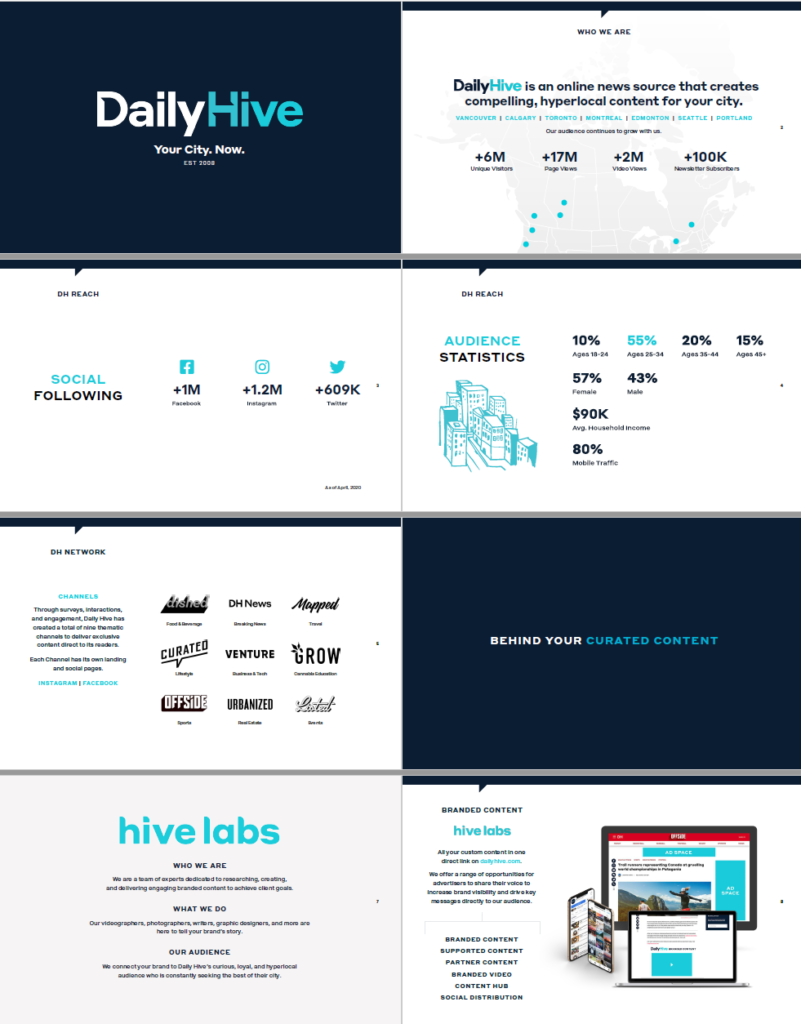 daily hive media kit example" width="801" height="1024" />
daily hive media kit example" width="801" height="1024" />
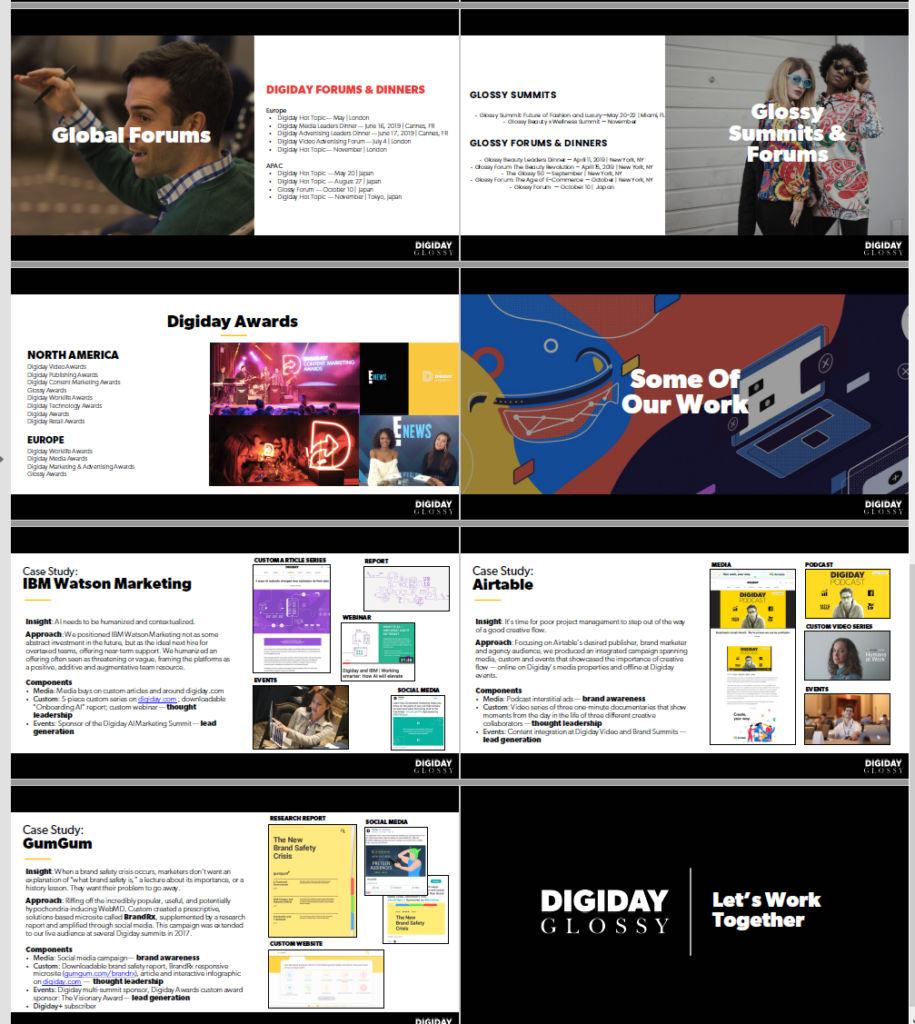
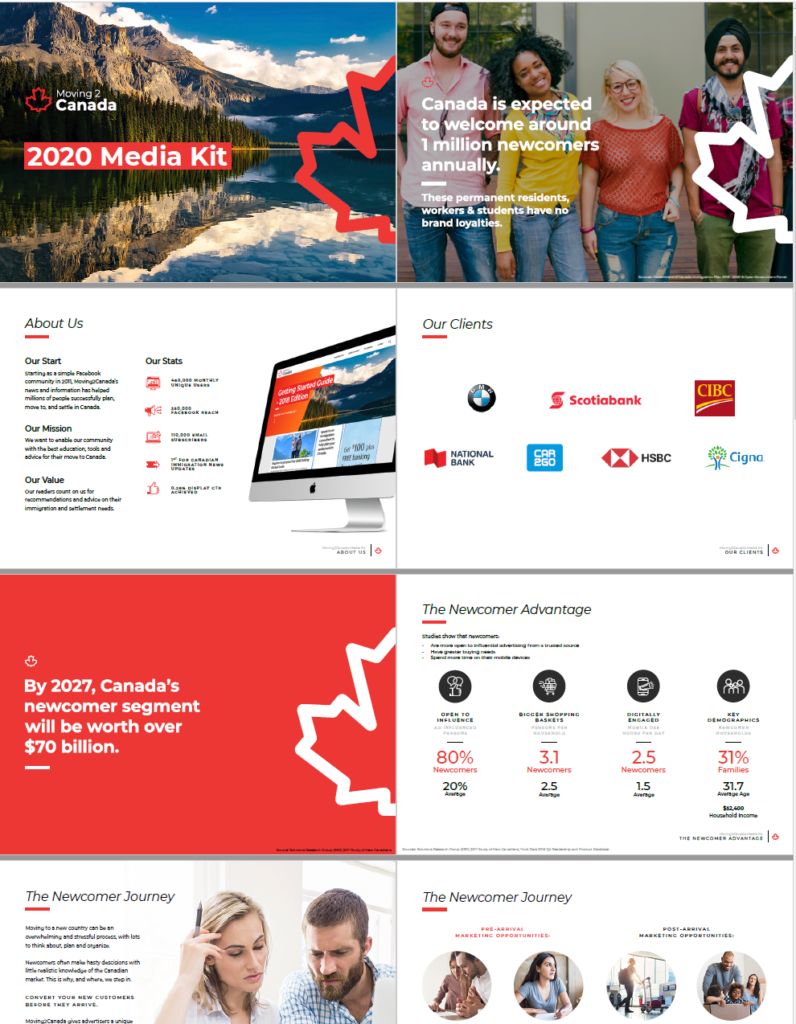
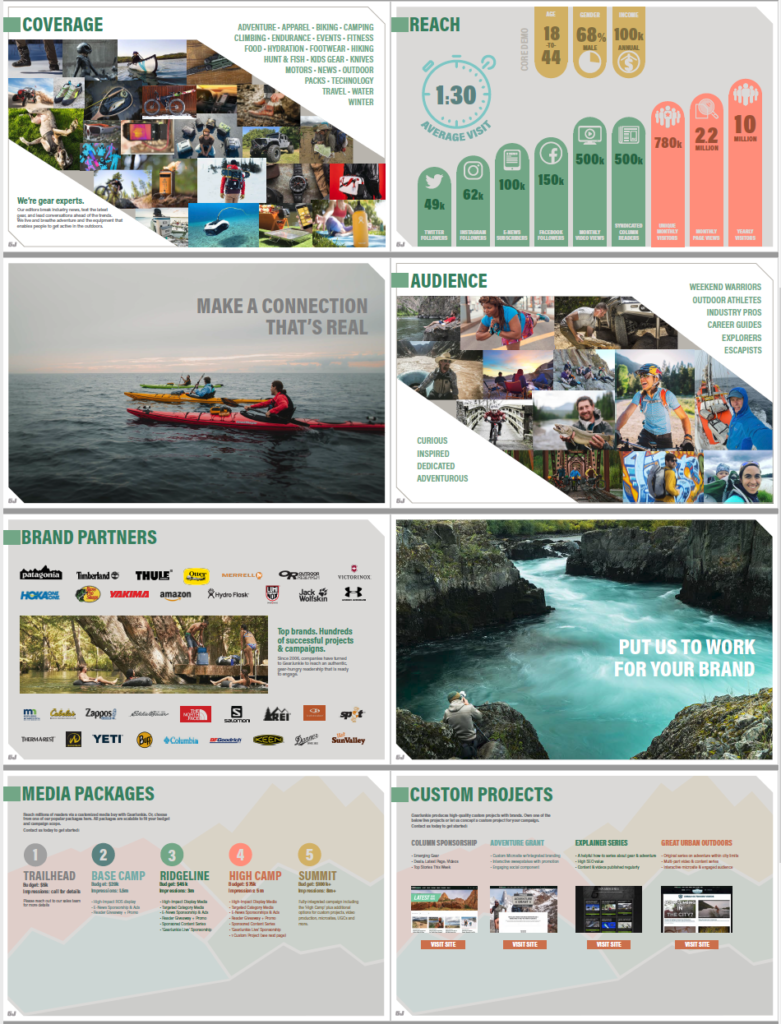

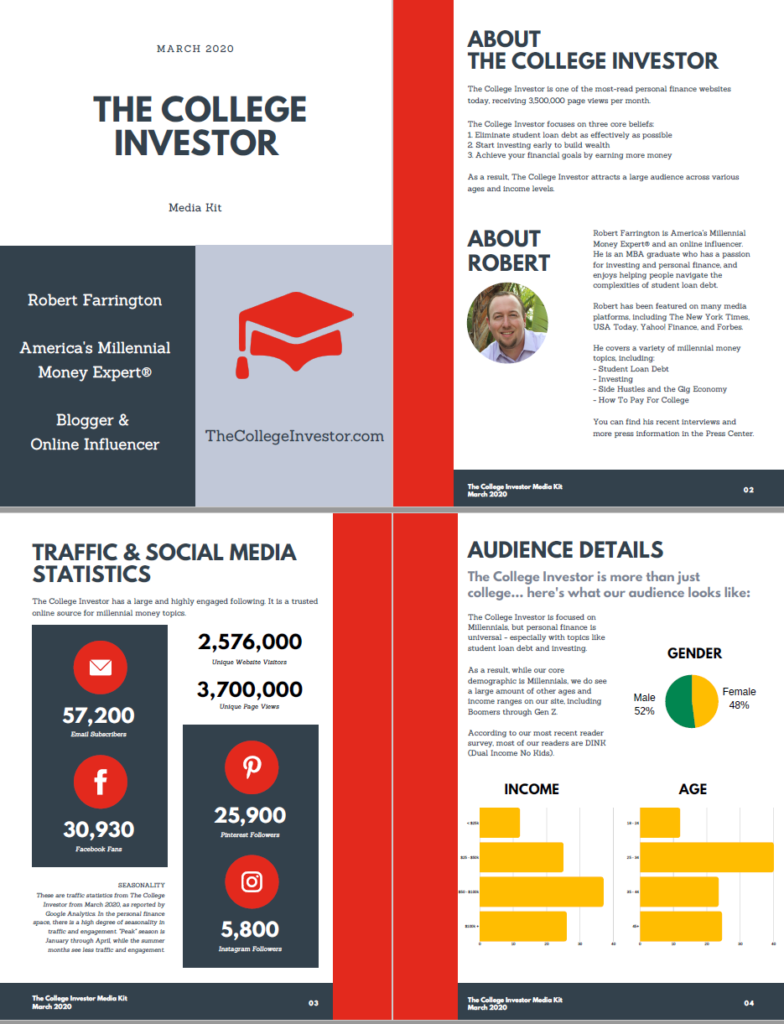
We’ve made it super easy for you to get all these media kits examples so you can review all of them in detail.
It's one thing to have a media kit, but another thing to make a sale to potential clients. Next up we're going to discuss how you can get in front of potential clients and close your first detal. There are two ways to make an advertising sale - inbound, or outbound sales.
Inbound advertising sales is when a marketer, a public relations firm or biz comes to your advertising webpage, probably on your WordPress site and downloads your media kit.
Maybe they're a regular reader or find your website through SEO - either way, you've got a captive audience that has the benefit of already understanding your brand and your offering. The first step for making an inbound advertising sale is to make an advertising page, and link to it from your website - ideally in the header or footer. Below is a list of some of the best advertising pages where you'll see you can access and download the media kit.
Many brands don't actually use a media kit but instead rely on generating leads through their advertise page. Below are some great examples of advertising pages, some of which then allow you to download a media kit.
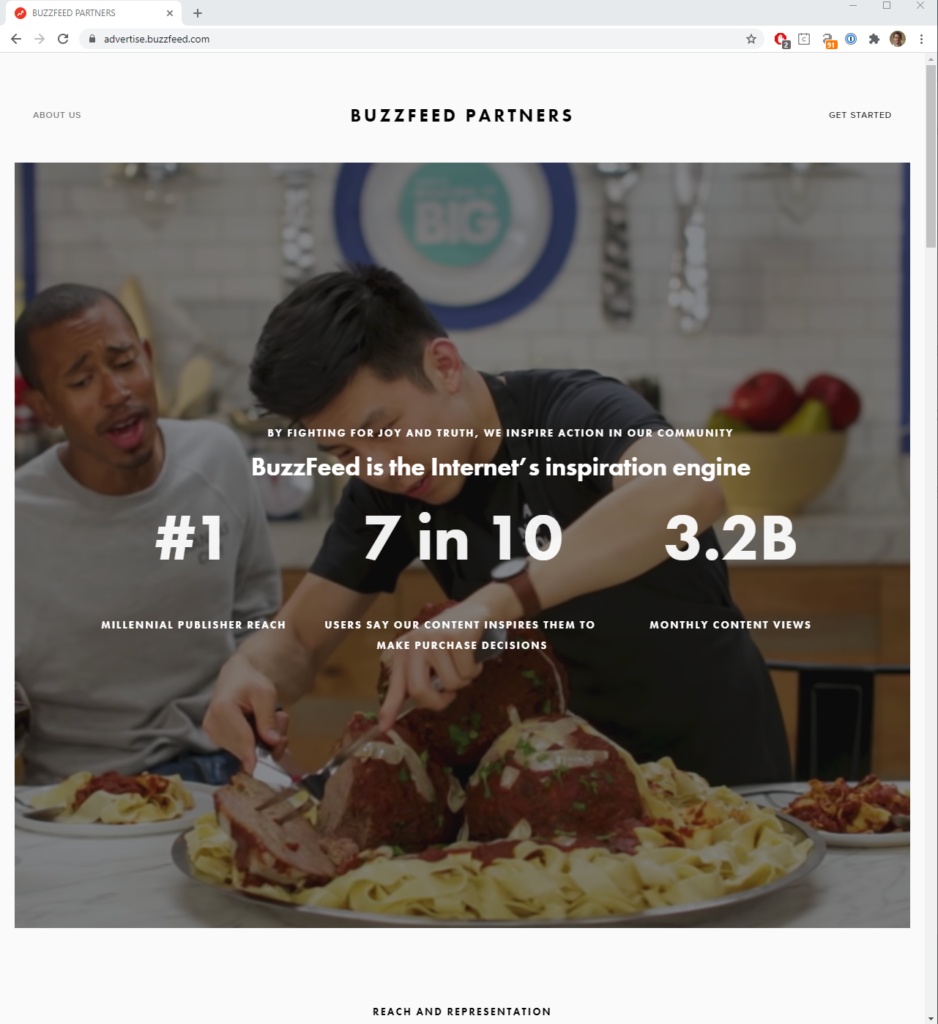
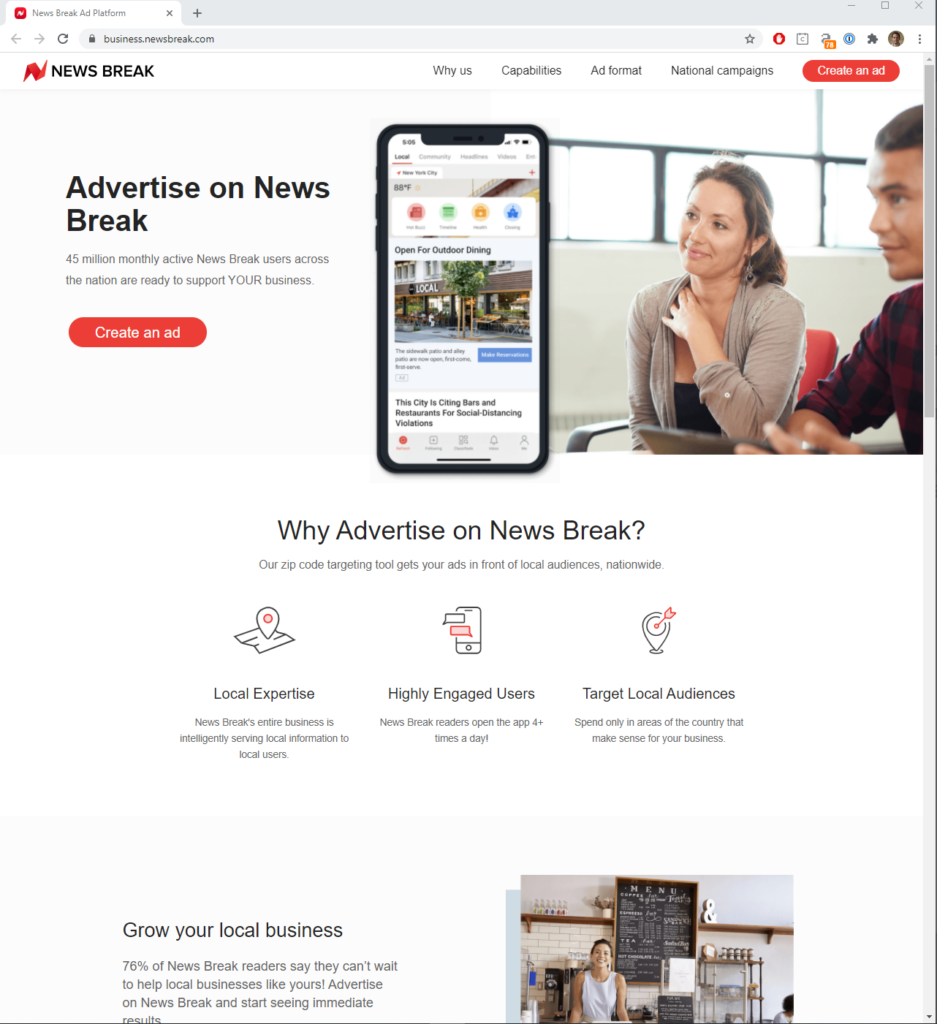

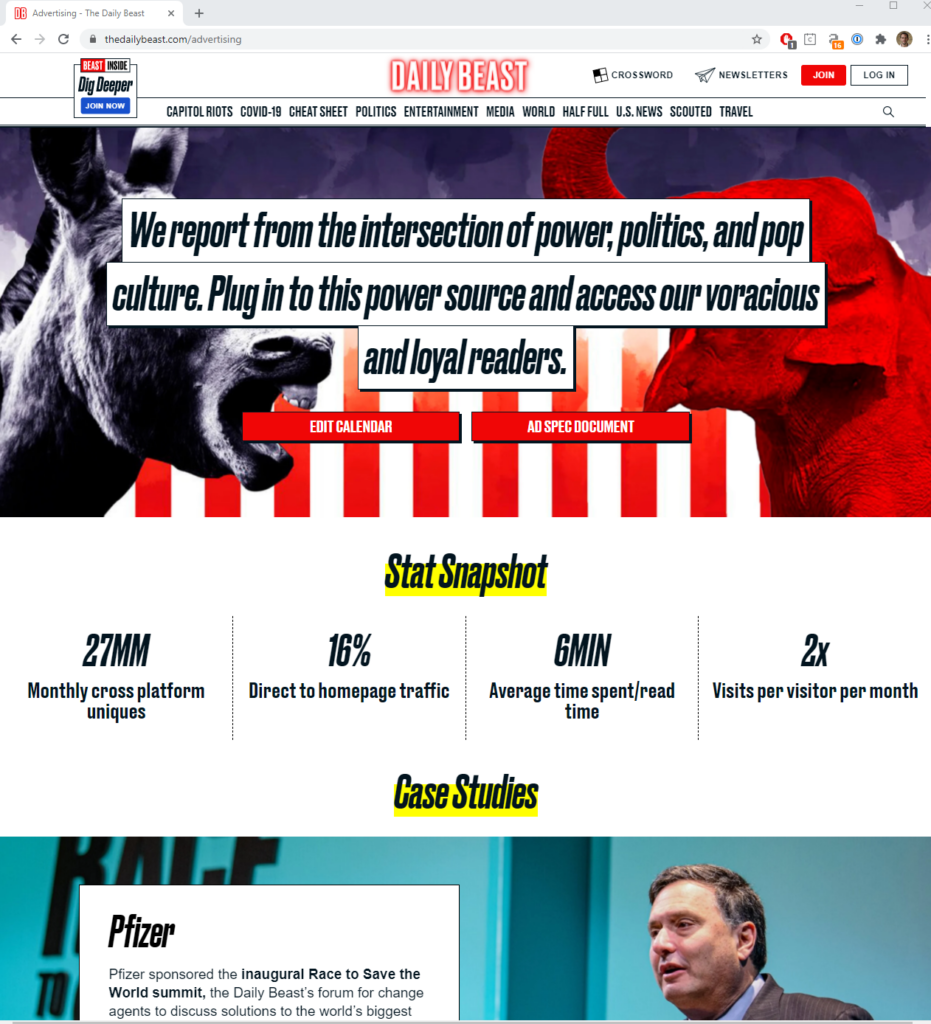
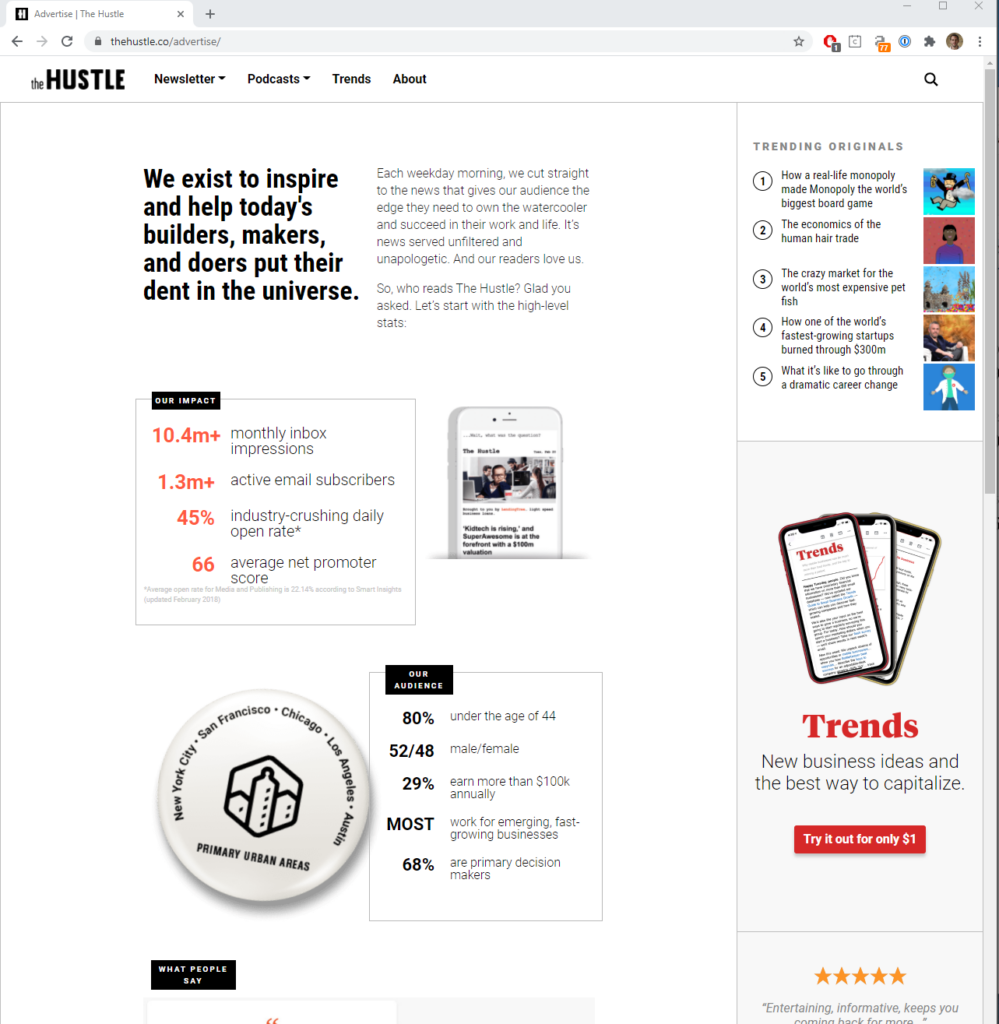
Typically in these 'Advertise' or 'Advertising' webpages, rather than allowing people to download the media kit right away from Dropbox, you'll see that they have a data capture component.
It's worth including this within your page to get contact information from everyone that downloads the media kit, so that you can follow up with any potential leads if they look promising. It can be helpful to tie this up to a small business CRM too.
The benefits of inbound sales is that the advertising partners are already interested in your offering, and it required very little effort to generate a sale. However, you might find that you don't get many media kit downloads. In which case, you should think about outbound sales.
Outbound sales for advertising is trickier - but well worth it. The idea of outbound sales it to make connections with clients or the public relations or marketers who work on behalf of the company you think would make a good partner.
You simply reach out through email, LinkedIn, or social media, and try and start a conversation. Often a good way of starting the conversation can be - 'I'd love to know how you're currently generating leads?' and 'How well are your current lead gen activities working for you?'
Getting an understanding of how they're currently working, and what's working well and not well will provide you with the information you need to share with them a relevant proposal.
In this instance, you can share with them your media kit directly, and ask them for a call to chat about it.
If you want to speed up the process of making a media kit, check out this media kit template.
The great thing about developing your media kit in PowerPoint of Google Slides is that it makes it very quick and easy to update pricing and information prior to sharing with potential partners and advertisers.
Snag instant access to our easy-to-use media kit template with PowerPoint and Google Slides for you to adapt and reuse.